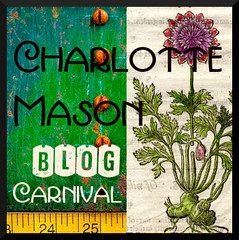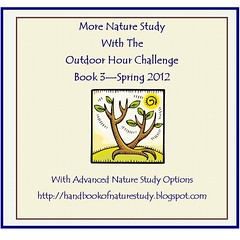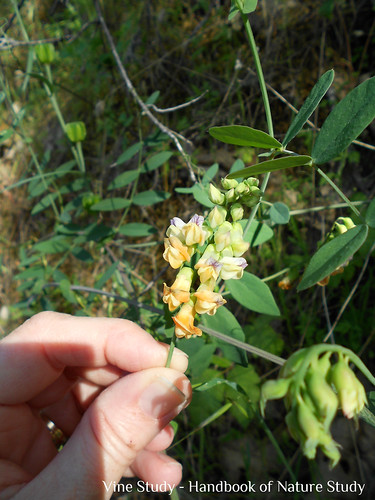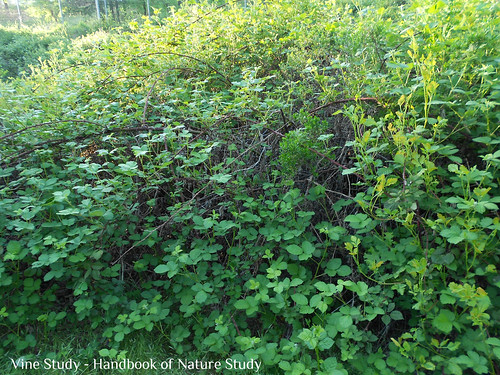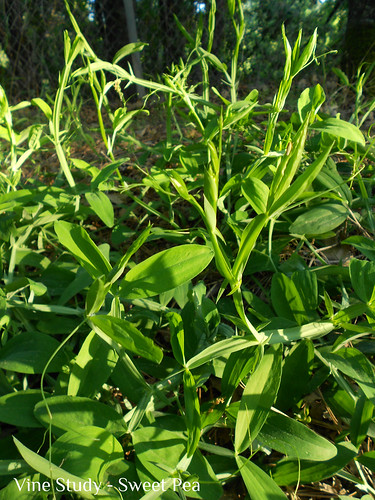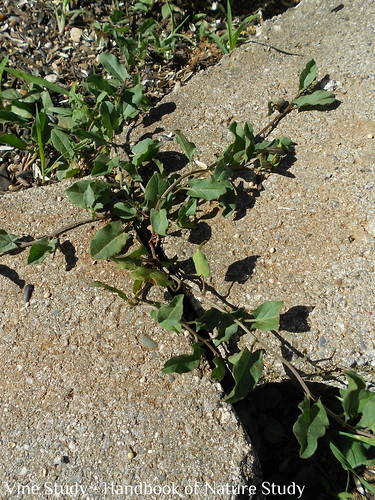
More Nature Study Book #4
Summer Butterfly - Monarch Study
Inside Preparation Work:
- Read pages 305-310 (Lesson 71) in the Handbook of Nature Study. Anna Botsford Comstock really knew her insects so this section is rich with information for your Monarch butterfly study. She breaks the observation suggestions down into categories: The Butterfly, The Caterpillar, and The Chrysalis. Read through the information and highlight any ideas you plan to incorporate into your Monarch butterfly study.
- YouTube: Monarch Migration (Journey North and Monarch Watch): Part 1 and Part 2. For West Coast families, you can watch this YouTube of Monarchs overwintering in Pacific Grove, CA.
- Highly Recommend: Your Backyard The Life and Journey of the Amazing Monarch Butterfly -Read my review HERE. There is also a study guide that you read more about HERE.
- You may be interested in reading through or completing the Outdoor Hour Challenge for Milkweed along with this Monarch Butterfly Challenge.
- Take fifteen minutes outdoors for this challenge looking for Monarch butterflies (or any other insect). Remember that depending on your location and the time of year you may look for a chrysalis, a caterpillar, or the adult butterfly. Monarchs will be found near their food source of milkweed.
- Alternate activity: Acquire some milkweed seeds and plant some in your garden.
- Advanced study: If you live in an area that has monarch butterflies, consider joining Monarch Watch (link below) and participate in the Monarch tagging activity.
- Butterflies always are exciting to observe. Use the suggestions from the Handbook of Nature Study lesson to take a closer look at any butterflies you find. If your child has more questions about insects, consider reading pages 294-300 in the Handbook of Nature Study. This general section on insects may give you some answers.
- Complete a nature journal entry. Advanced students can use a field guide to gather more facts or record the butterfly’s life cycle on a notebook page.
- Advanced study: Conduct additional research on the insect order– Lepidoptera. Use a field guide and complete two additional nature journal entries for insects in this order found in your backyard or local area.
- Monarch Watch—Migration and Tagging
- Journey North—treasure of a website for you to use in preparation or to answer questions. The page with Kid’s Resources has links to slideshows and printable booklets that you can share with your children.
- Do You Know a Monarch When You See One?
- The Annual Cycle of the Monarch Butterfly
- When, Where, and How to Watch the Fall Migration
- Butterfly Wings

All the summer challenges for 2012 are included in the new More Nature Study Book #4 Summer Sizzle ebook. The challenges in the ebook are the same challenges that will post every Friday here on my blog. If you want to follow along with notebook pages and coloring pages, click over and learn more about the ebook.






















